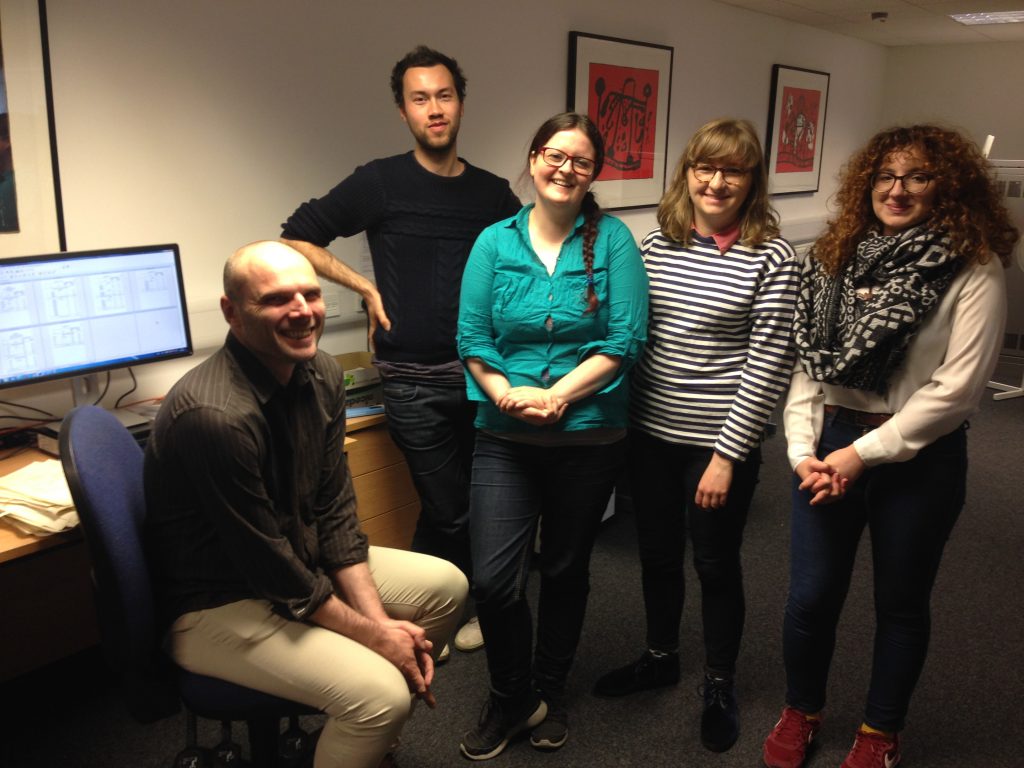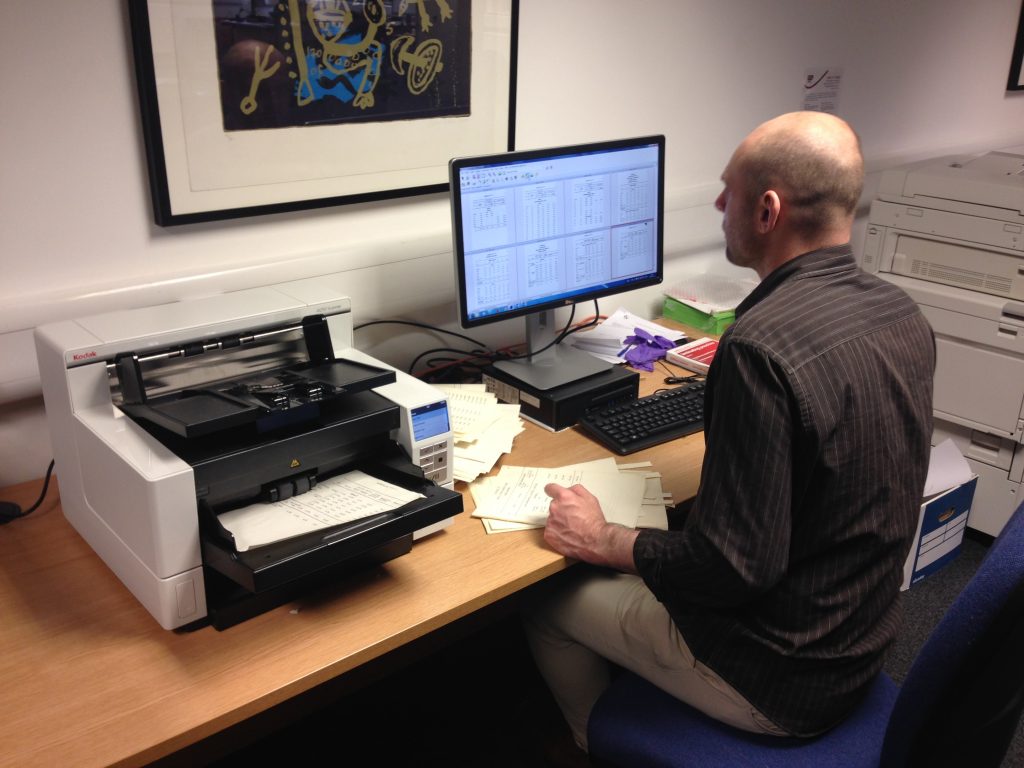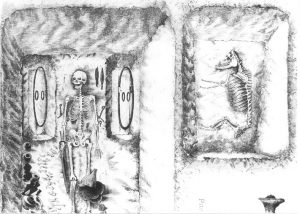
Iron Age burial excavated at Châlons-sur-Marne, France (Ritchie: 1968)
Highlights from the PhD digitisation project
Exploring the theme of cemeteries and memorials showcases some of the most visually rich and striking theses that we have seen thus far in our digitisation project. This selection of works date from the 1960’s a period throughout which we see an increase in topics drawn from the Humanities and Social Sciences. The images collated here come from theses discussing subjects raging from martyred saints to housing development and time periods from the Iron Age to 1967.

Discovery of the relics of St. Luke the evangelist in the church of the Holy Apostles (Vat. Grec. 1613, p.121; Powell: 1963)
One such fascinating subject is the depiction of the treatment and burial of martyred saints in the Byzantine era. These images are drawn from the thesis by Ann Powell (1963) entitled “Byzantine landscape painting, with special reference to the Illustrations of the Monologian of Basil II, Vat. Grec. 1613”.

Funeral of St Matthew (Symeon), (Vat Grec. 1613 p186; Powell: 1963)
The history and culture of Scotland also features prominently. Another gem discusses the period of the 14th to 17th centuries including images of the cemeteries and tombs found in Ayrshire (Largs, Skelmorlie Aisle) and Perthshire (Grantully). As part of this work (MR Apted’s, 1964, “painting in Scotland from the 14th to the 17th centuries with particular reference to painted domestic decoration 1550-1650) the interior design of this period is recorded with painstaking detail.

St Mary’s, Grandtully (Apted: 1963)
Skelmorlie Aisle, Largs (Apted: 1964)
The Montgomerie tomb, Skelmorlie Aisle (Apted: 1964)


A thesis on Celtic weaponry delivers stunning images of burials and funerary stele, from Iron Age France (depicted above) to Roman Britain (below): G Ritchie, 1968, “Celtic defensive weaponry in Britain and its continental background”.


Wroxeter (Shropshire) Roman grave stele (Ritchie: 1968)
Colchester Essex, Roman grave stele (Ritchie 1968)
Finally moving all the way from the 1st century AD we reach Edinburgh’s rural fringe development between 1850-1967, in: AJ Strachan, 1969, “The rural-urban fringe of Edinburgh 1850-1967”. In this case we see cemeteries rather oddly paired with recreational areas such as parks, golf course and sports grounds. The darker areas reflect housing developments over time.
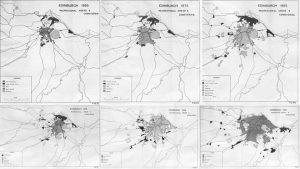
The development of cemeteries and recreational spaces between 1850 and 1967.(Strachan: 1969)
The theses selected here have been scanned and are currently being processed to be made available online soon. They take us on a journey through the development of research in the Humanities and Social Sciences from 1963 to 1969, but what will the 70’s bring us?
Make sure to follow our next adventure…

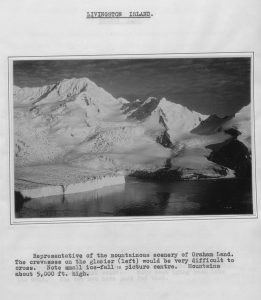 sentences like the following; ‘The word “Antarctic” has always been associated with cold, death marches, crushed ships, crevasses and so on’. This demurely bound 1959 thesis by HW Simpson is a fascinating gem. It is part medical thesis, part travel journal,
sentences like the following; ‘The word “Antarctic” has always been associated with cold, death marches, crushed ships, crevasses and so on’. This demurely bound 1959 thesis by HW Simpson is a fascinating gem. It is part medical thesis, part travel journal,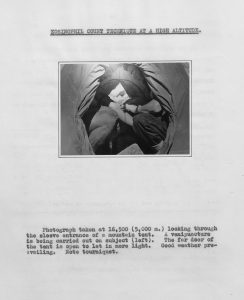 notes certain events that caused a peak in stress, including how one man was lost in a blizzard for eight hours and another drifted out to sea when his boat ran out of petrol, only to be saved by a ship’s helicopter 25 miles off shore. Simpson also studies stress caused by more mundane activities. The men took turns cooking and he describes how ‘It will be readily understood that to be cook for 8-10 men and do one’s main job can be a conside
notes certain events that caused a peak in stress, including how one man was lost in a blizzard for eight hours and another drifted out to sea when his boat ran out of petrol, only to be saved by a ship’s helicopter 25 miles off shore. Simpson also studies stress caused by more mundane activities. The men took turns cooking and he describes how ‘It will be readily understood that to be cook for 8-10 men and do one’s main job can be a conside rable strain. Not only must the cook bake bread but he must also help with the washing up and at the end of his week scrub out the kitchen’. This observation is accompanied by a graph entitled ‘The stress of cooking’, which surprisingly seems to rival the stress of the prospect of a cold and icy death in the midst of a blizzard.
rable strain. Not only must the cook bake bread but he must also help with the washing up and at the end of his week scrub out the kitchen’. This observation is accompanied by a graph entitled ‘The stress of cooking’, which surprisingly seems to rival the stress of the prospect of a cold and icy death in the midst of a blizzard.
